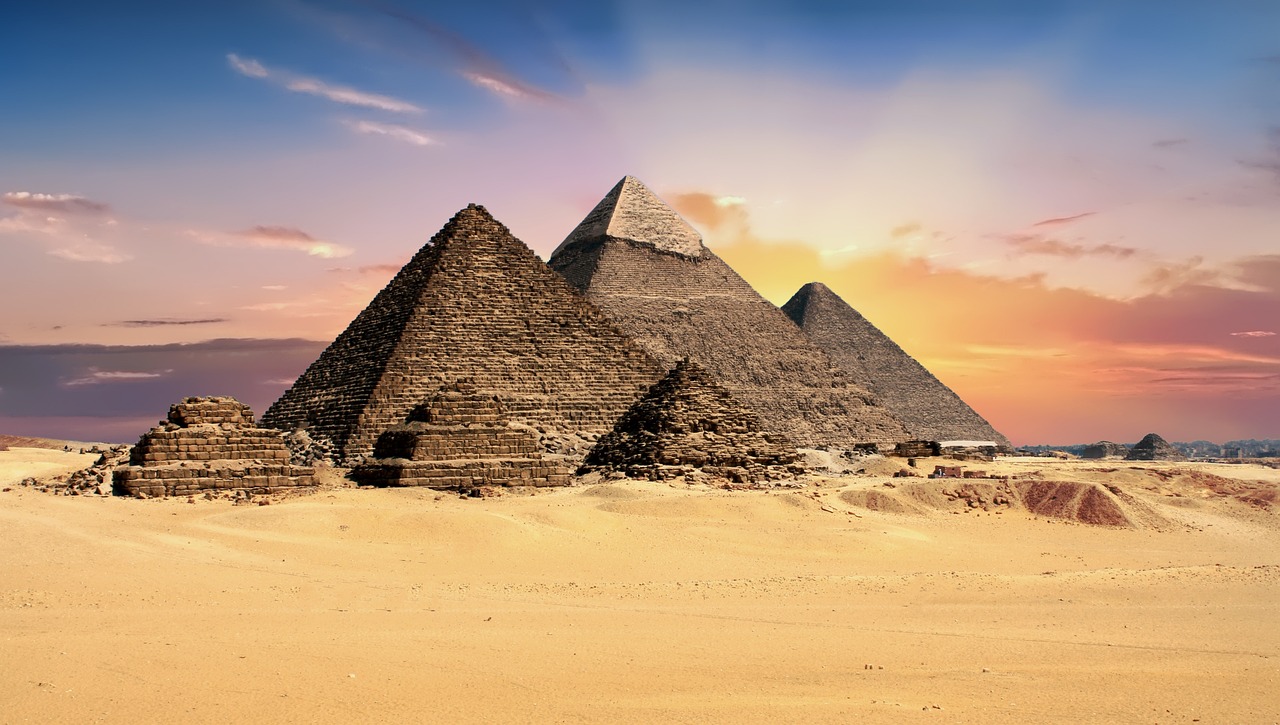Ancient Egypt is celebrated for its intricate mythology, featuring a diverse pantheon of deities that encompass numerous aspects of existence. Within this array, the goddesses emerge as significant figures, each possessing distinct domains, symbols, and narratives. A profound exploration into the world of ancient Egyptian mythology reveals an intricate storyline surrounding these powerful goddesses, enriching the context for those planning to journey to Egypt with ACIS.
1. Isis
Isis serves as a pivotal character in ancient Egyptian lore, representing maternal compassion, fertility, and wisdom. Esteemed as a formidable sorceress, she is a source of enlightenment, merging nurturing attributes with divine knowledge.
Guardian of the Afterlife and Fertility
Isis is believed to oversee the souls of the departed, aiding their journey into the afterlife, while bestowing bountiful fertility and prosperity upon her worshippers.
Representation of Feminine Strength and Cultural Outreach
As a symbol of feminine empowerment and resilience, Isis’s worship extended far beyond Egypt’s borders, intertwining with various other traditions and shaping religious practices throughout history.
2. Hathor
Known as the Mistress of Music and Joy, Hathor symbolizes happiness, love, music, and dance, playing a vital role in both the cultural and religious spheres of ancient Egypt. She is celebrated for her ability to bring delight to both deities and humans, inspiring joyous festivities across the land.
Iconographically, Hathor is characterized by either a cow’s head or as a woman adorned with cow horns, signifying her links to fertility, nourishment, and motherly care.
Hathor is also acknowledged as a benevolent guide to the afterlife, warmly welcoming souls into the next realm. Her compassion extends particularly to pharaohs, whom she influences as a protective and nurturing mother figure, safeguarding their welfare and success.
Recognized for her fertility associations, Hathor is often sought after for blessings related to abundance and prosperity, ensuring fruitful harvests and healthy progeny. Temples dedicated to her commonly feature performers—musicians and dancers—who seek to invoke her presence through the arts.
3. Sekhmet
Sekhmet stands out as a fearsome goddess in ancient Egyptian mythology, often represented with the head of a lioness, reflecting her ferocity, strength, and combat abilities. She personifies the destructive elements of the sun, believed to unleash her wrath upon adversaries with fierce intensity. Sekhmet embodies the searing heat and relentless force of the sun, capable of nurturing life while also bringing about death.
Interestingly, this goddess also holds the title of a healer and protector. The ancient Egyptians believed they could channel Sekhmet’s intense nature to fight off illness and misfortune, so she became a symbol of protection against malevolent forces and disease.
The dual aspects of Sekhmet—capable of both destruction and healing—illustrate the complex nature of Egyptian goddesses. She represents life’s inherent contradictions of chaos and order, creation and annihilation.
4. Ma’at
Finally, we encounter Ma’at, the Goddess of Balance and Justice. Frequently depicted with an ostrich feather on her head, she symbolizes equilibrium, harmony, and righteousness.
Ma’at is vital to ancient Egyptian mythology, embodying the ideals of cosmic order, truth, and justice, which permeated every facet of Egyptian life and governance. Her principles formed the backbone of law, religious beliefs, and moral standards, ensuring a structured universe by maintaining a delicate balance between chaos and order.
In the afterlife, the weighing of the heart against her feather during judgment is a significant custom, determining the fate of the deceased. Ma’at’s teachings stress the importance of honesty, integrity, and ethical conduct, guiding individuals toward peaceful coexistence.
As you traverse Egypt with ACIS, be sure to seek out these four formidable goddesses! The itinerary features visits to landmark historical locations such as the Pyramids of Giza and the Khan el-Khalili Bazaar, alongside enriching local culinary experiences and cultural activities.



